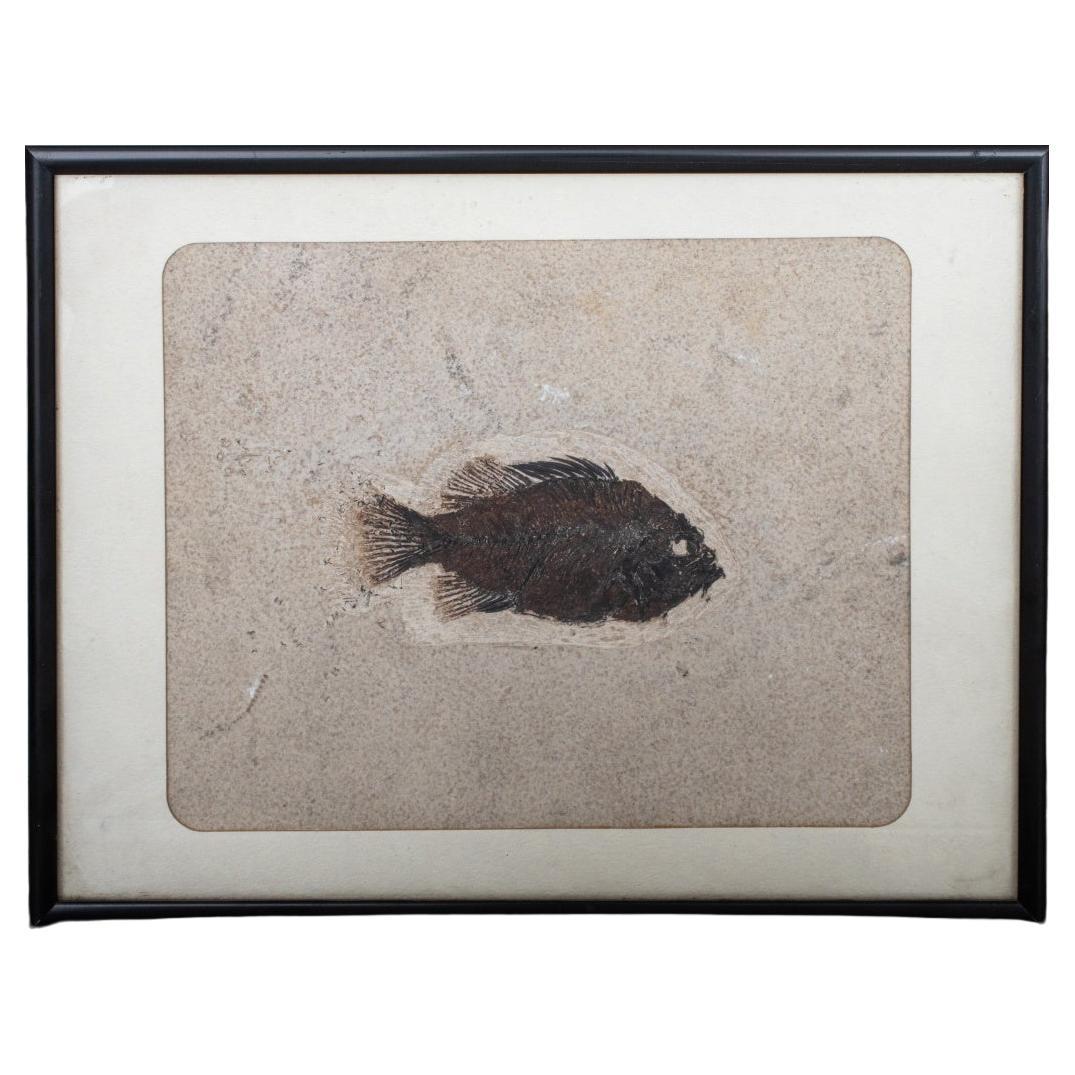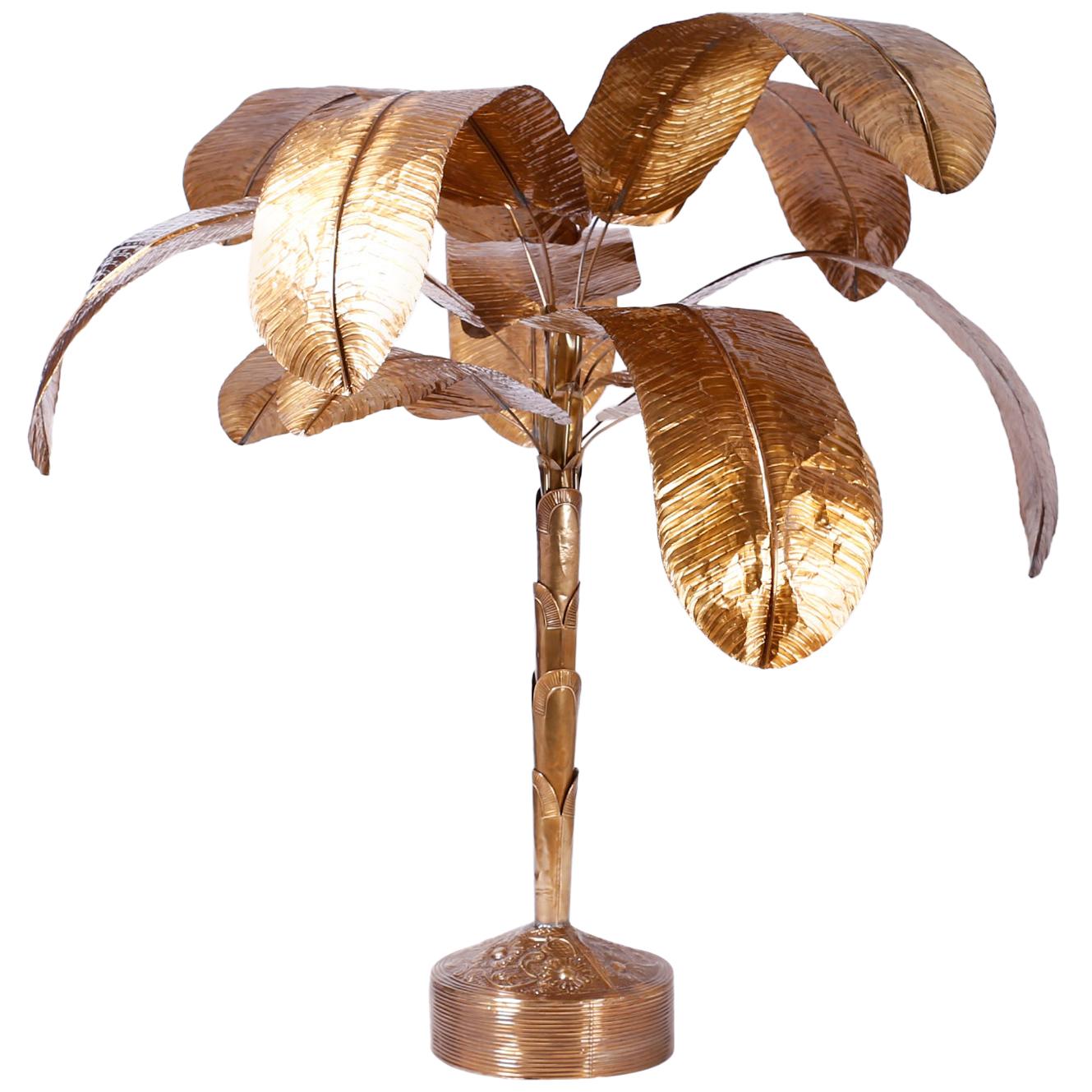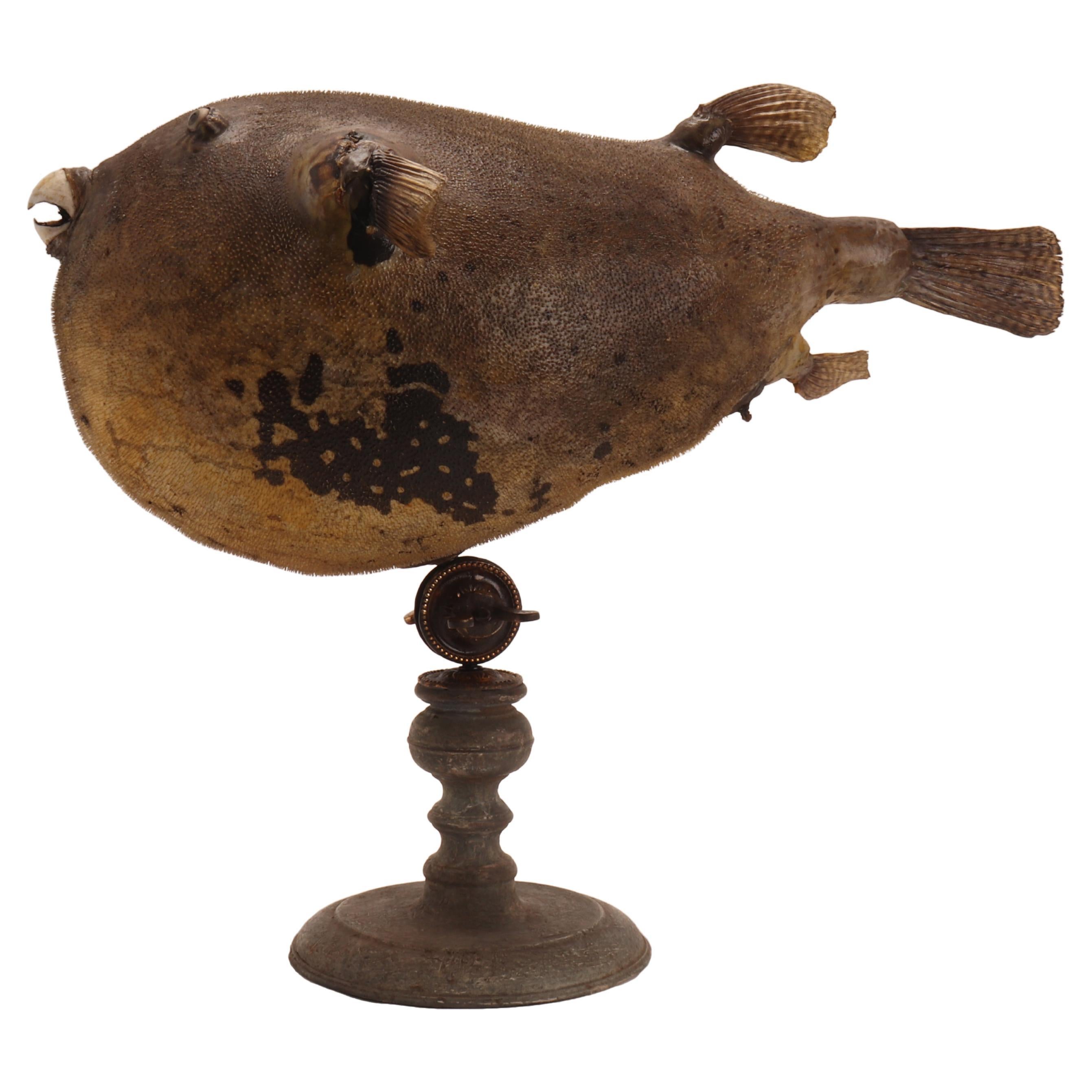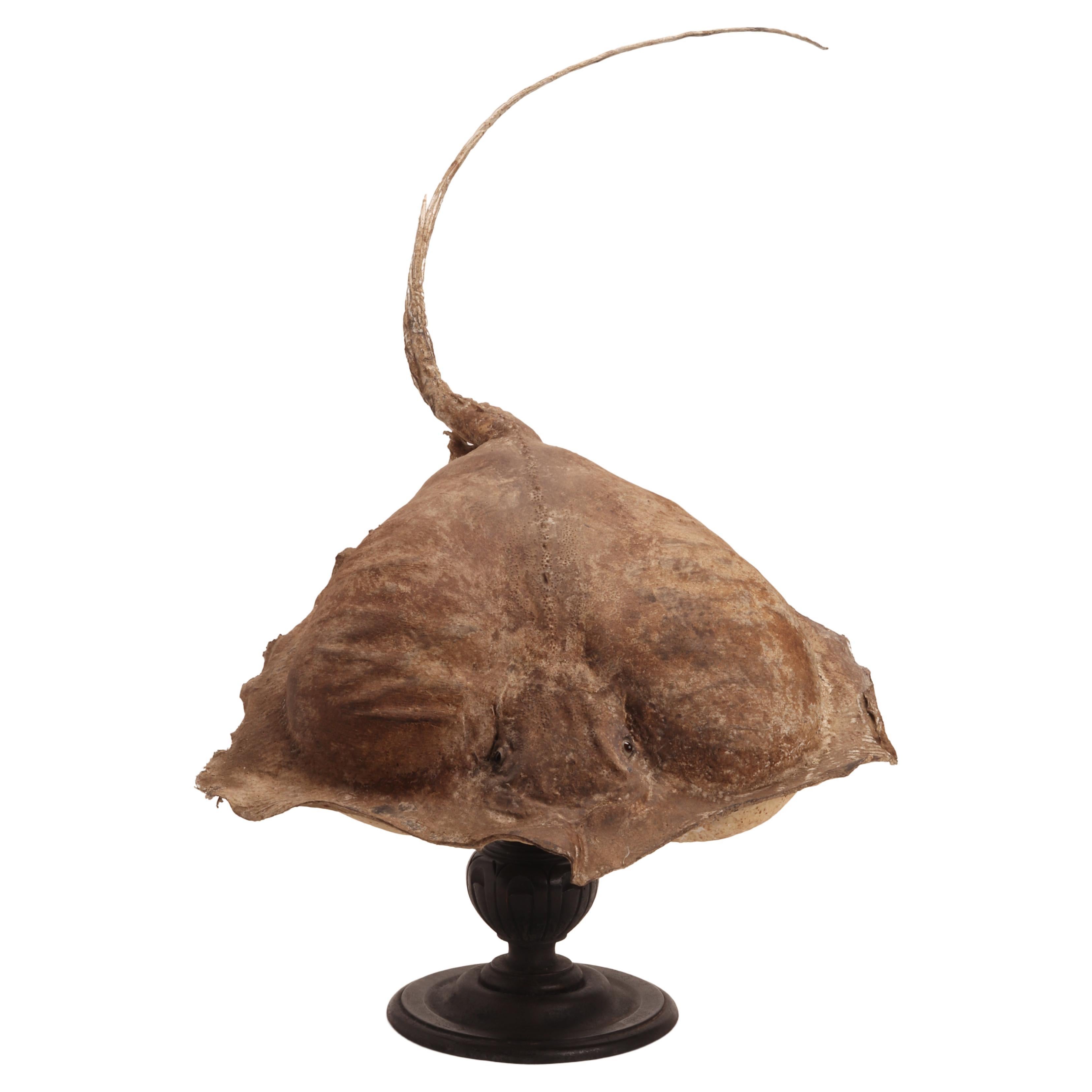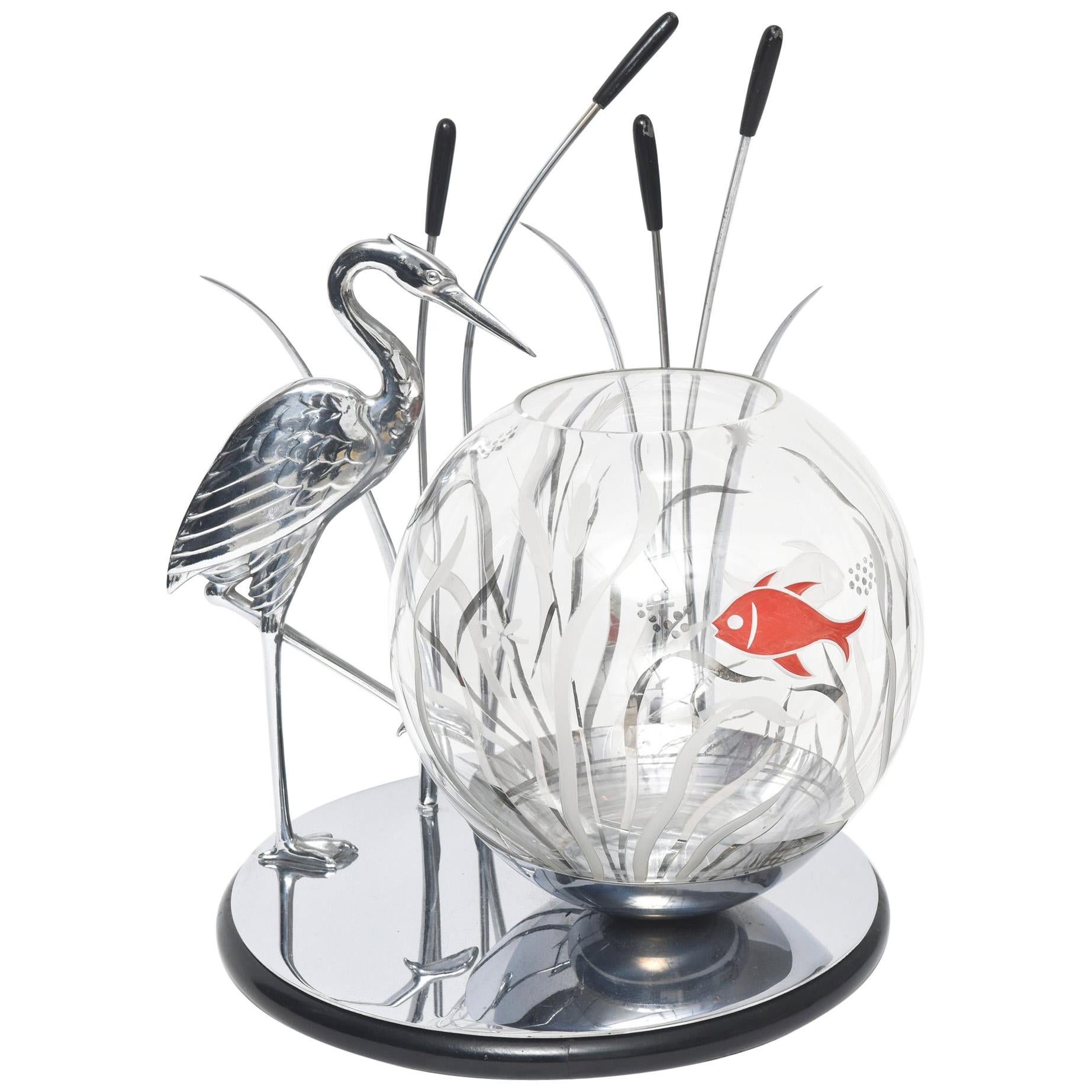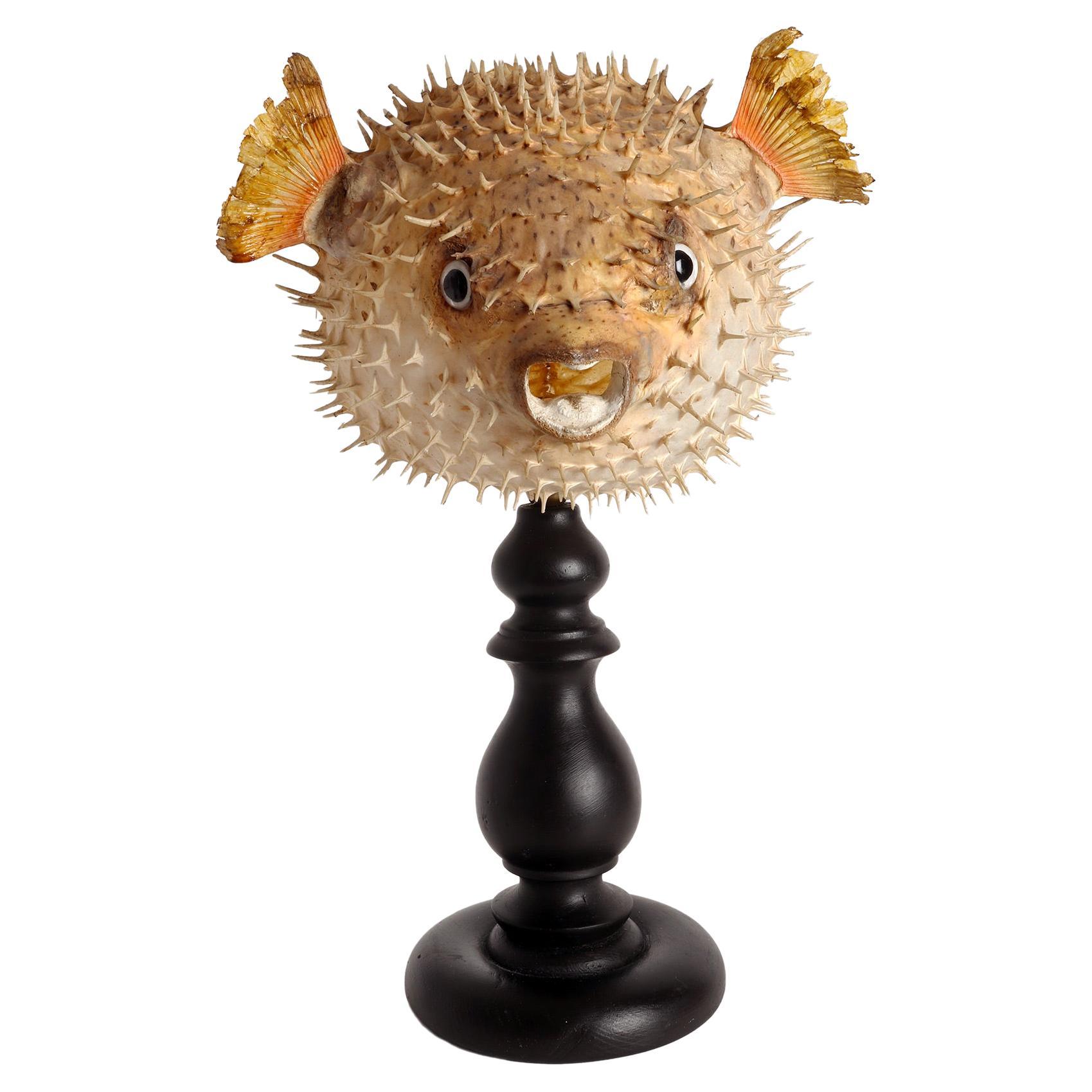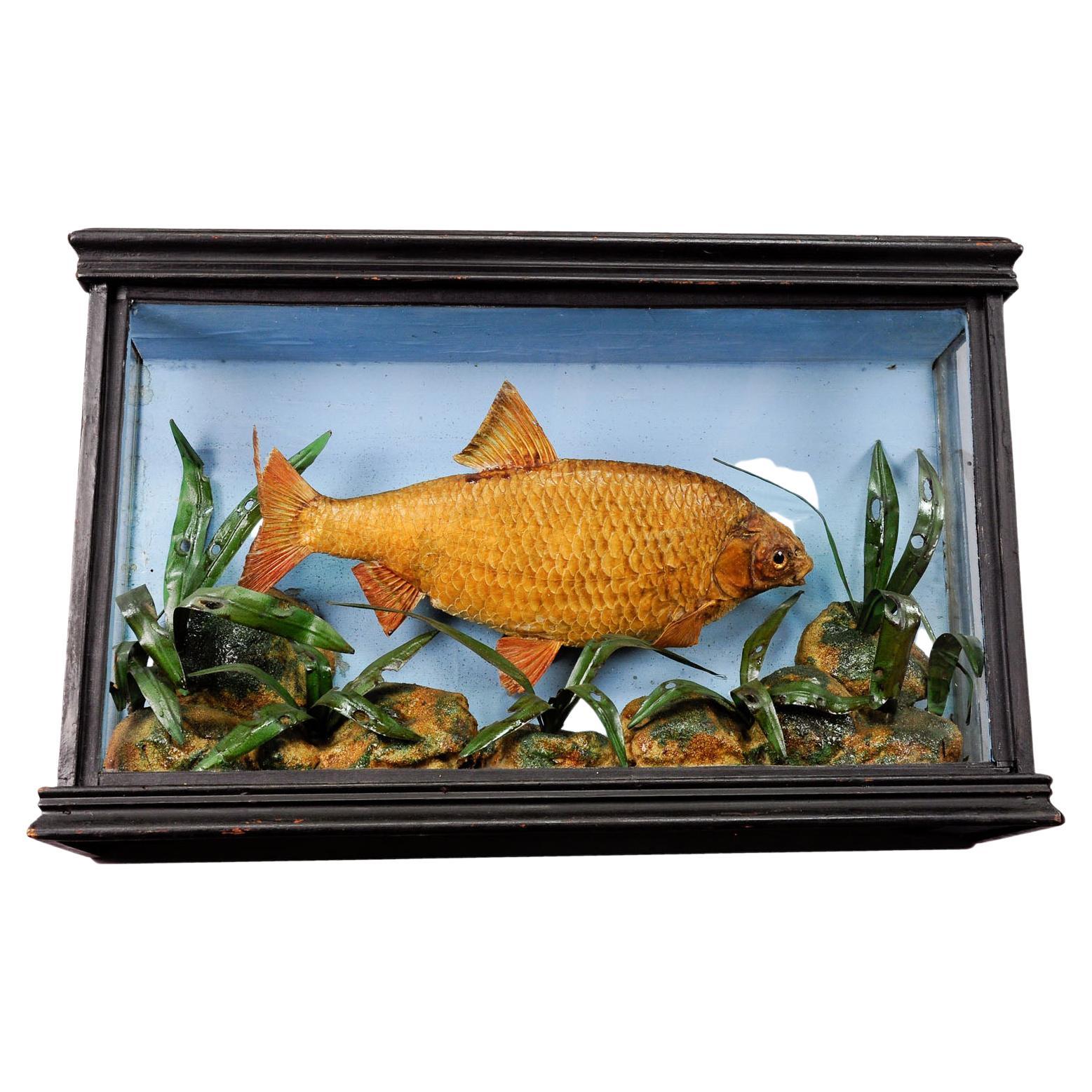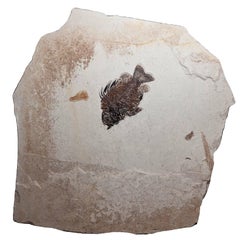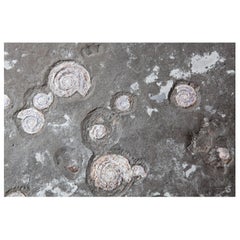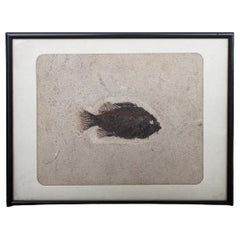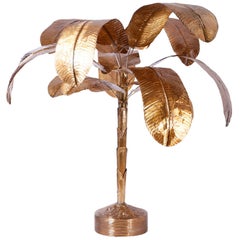
Fossil Fish and Palm wall plate
View Similar Items
Want more images or videos?
Request additional images or videos from the seller
1 of 5
Fossil Fish and Palm wall plate
About the Item
- Dimensions:Height: 25.6 in (65 cm)Width: 52.37 in (133 cm)Depth: 1.78 in (4.5 cm)
- Place of Origin:
- Period:
- Date of Manufacture:Unknown, Probably Hundreds of Thousands to Millions of Years Ago
- Condition:
- Seller Location:London, GB
- Reference Number:1stDibs: LU99433466972
About the Seller
5.0
Vetted Seller
These experienced sellers undergo a comprehensive evaluation by our team of in-house experts.
1stDibs seller since 2013
10 sales on 1stDibs
More From This SellerView All
- Fossil Fish Plate, Giant Priscacara. United States. 55 Million Years Old.Located in London, GBAbout Dale Rogers. Since 1986 Dale has been sourcing the most unique fossils and minerals from around the world and through his company Dale Rogers Ammonite...Category
Antique 15th Century and Earlier American Natural Specimens
MaterialsOther
- United Kingdom Ammonite Fossil PlateLocated in London, GBUnited Kingdom Ammonite plate.Category
Antique 15th Century and Earlier British Wall-mounted Sculptures
MaterialsOther
- Iridescent Ammonite wall plateLocated in London, GBAmmonites are perhaps the most widely known fossil. These creatures lived in the seas between 240 - 65 million years ago, when they became extinct along with the dinosaurs. This lar...Category
Antique 18th Century and Earlier British Collectibles and Curiosities
- Giant Mounted Gypsum Minerals Cluster from ChinaLocated in London, GBGiant Mounted Gypsum Minerals Cluster from ChinaCategory
Antique 15th Century and Earlier Chinese Collectibles and Curiosities
MaterialsOther
- Fossil Dragonfly Dating 150 Million Years OldLocated in London, GBAn exceptional fossilized dragonfly from Solnhofen in Germany. This wonderful specimen dates 150 Million Years old making it the ultimate conversatio...Category
Antique 15th Century and Earlier German Wall-mounted Sculptures
MaterialsLimestone
- Giant Crocodile Fossil Wall Plate, Germany. 180 Million Years Old.Located in London, GBThis outstanding fossilised skeleton is that of the ancestral crocodile species Steneosaurus bollensis that lived during the early Jurassic period. The skeleton, complete with armoured plates, has been exquisitely preserved and recovered from the Holzmaden Oil Shale of south Germany. The crocodile was once buried in fine, muddy sediment 195 million years ago at the bottom of the Tethys Ocean, which once existed between Europe and Africa. The calm, deep water provided a rare anoxic (without oxygen) environment, which prevented the skeleton from any significant decomposition before burial. The mud has since been compressed into oil shale, leaving the immense skeleton completely in-tact. This specimen is one of the few skeletons of Steneosaurus bollensis ever to be discovered. We can deduce much about the life of this reptile from the size and perfect preservation of the piece. Similar to present-day crocodiles, we can see that the two front limbs of the Steneosaurus are much shorter than the back two. This indicates that crocodile ancestors were bipedal; indeed, we believe that crocodiles evolved from the same reptile species as the dinosaurs and airborne pterosaurs. Dinosaurs ruled the lands during the late Triassic and early Jurassic. This made terrestrial life increasingly difficult for ancestral crocodiles, as there were many predators and prey was scarce. However, the seas were rich in fish, shellfish, starfish, crabs, squid… You can even see fossil belemnite guards (bullet shells of squid-like organisms) and the beautiful spiral shells of ammonites preserved around the crocodile skeleton...Category
Antique 15th Century and Earlier German Decorative Art
MaterialsOther
You May Also Like
- Prehistoric Fish Fossil "Priscacara Serrata"Located in New York, NYPrehistoric fish fossil "Priscacara Serrata" embedded in plaster, framed. Dealer: S138XXCategory
20th Century Unknown Other Taxidermy
MaterialsPlaster
- Brass Palm Tree SculptureLocated in Palm Beach, FLBrass banana tree or palm tree sculpture with a custom burnished bronze like finish, removable leaves, a weighted base decorated with floral designs,...Category
20th Century Italian British Colonial Figurative Sculptures
MaterialsBrass
- Marine Specimen a Puffer Fish, Italy, 1870Located in Milan, ITTaxidermy marine natural Wunderkammer specimen, the common Puffer fish Tetradontidae. The Specimen is stuffed and mounted over a base that rotates 360 degr...Category
Antique 1870s Italian Natural Specimens
MaterialsBrass
- Marine Specimen a Sickle Pomfret Fish, Italy, 1870Located in Milan, ITTaxidermy marine natural Wunderkammer specimen, embalmed sickle pomfret (Familia: Bramidae. Genus: Taractichthys. Species: Steindachneri). The Specimen is stuffed and mounted over a ...Category
Antique 1870s Italian Natural Specimens
MaterialsBrass, Bronze
- A Marine Specimen a big Stingray Fish, Italy 1880Located in Milan, ITTaxidermy marine natural Wunderkammer specimen, embalmed Stingray (Raja Clavata). The Specimen is stuffed and mounted over a base that rotates 360 degrees on its own axis and tilts a...Category
Antique 1870s Italian Natural Specimens
MaterialsBrass
- A Marine Specimen a Sickle Pomfret Fish, Italy 1870Located in Milan, ITTaxidermy marine natural Wunderkammer specimen, embalmed sickle pomfret (Familia: Bramidae. Genus: Taractes. Species: Rubescens). The Specimen is stuffed and mounted over a laquered ...Category
Antique 1870s Italian Natural Specimens
MaterialsBrass
